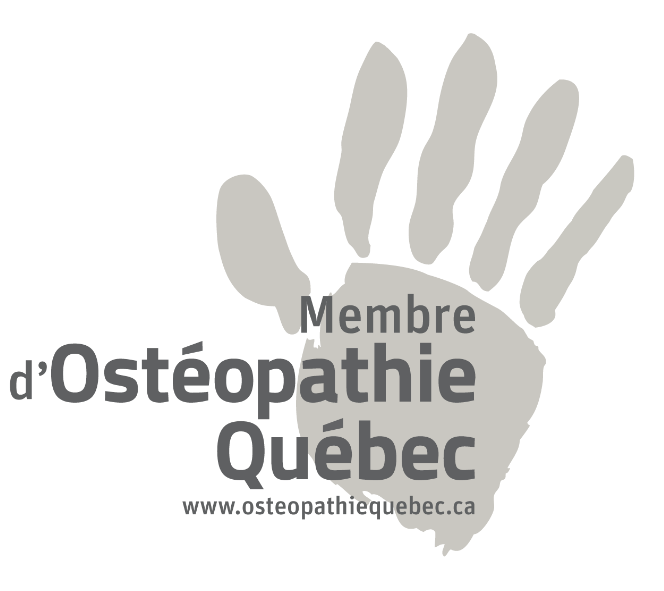What is osteopathy?
My own vision of osteopathy
Different professional associations propose their own definitions of what constitutes osteopathy. I have a diploma from the Collège d’études ostéopathiques de Montréal, where I studied, and have now worked as an osteopath, in both Québec and Ontario, for more than ten years. As my approach has evolved while working with clients, the official definition that comes closest to my own vision of osteopathy is the one put forward by Les ostéopathes de France, which reads as follows:
“Osteopathy is a method of care that is used to identify and treat restrictions in mobility that can affect any of the structures that make up the human body.
Any loss of mobility in joints, muscles, ligaments or internal organs can lead to health imbalances. The osteopathic approach is based on the principle of the body’s capacity for self-regulation and on an in-depth knowledge of anatomy.
Three fundamental concepts underlie the osteopathic approach:
- the hands are tools for both evaluating and treating clients;
- osteopathy takes into account the individual as a whole;
- the principle of soft tissue balance.
The practice of osteopathy calls for specific skills and an in-depth knowledge of how the human body works and of the interactions between all of its systems.
Osteopathy helps prevent and treat many physical disorders and also has nervous system-related, functional and psychological effects. It can help clients manage their “life-capital” for daily well-being, responsibly and autonomously.”





